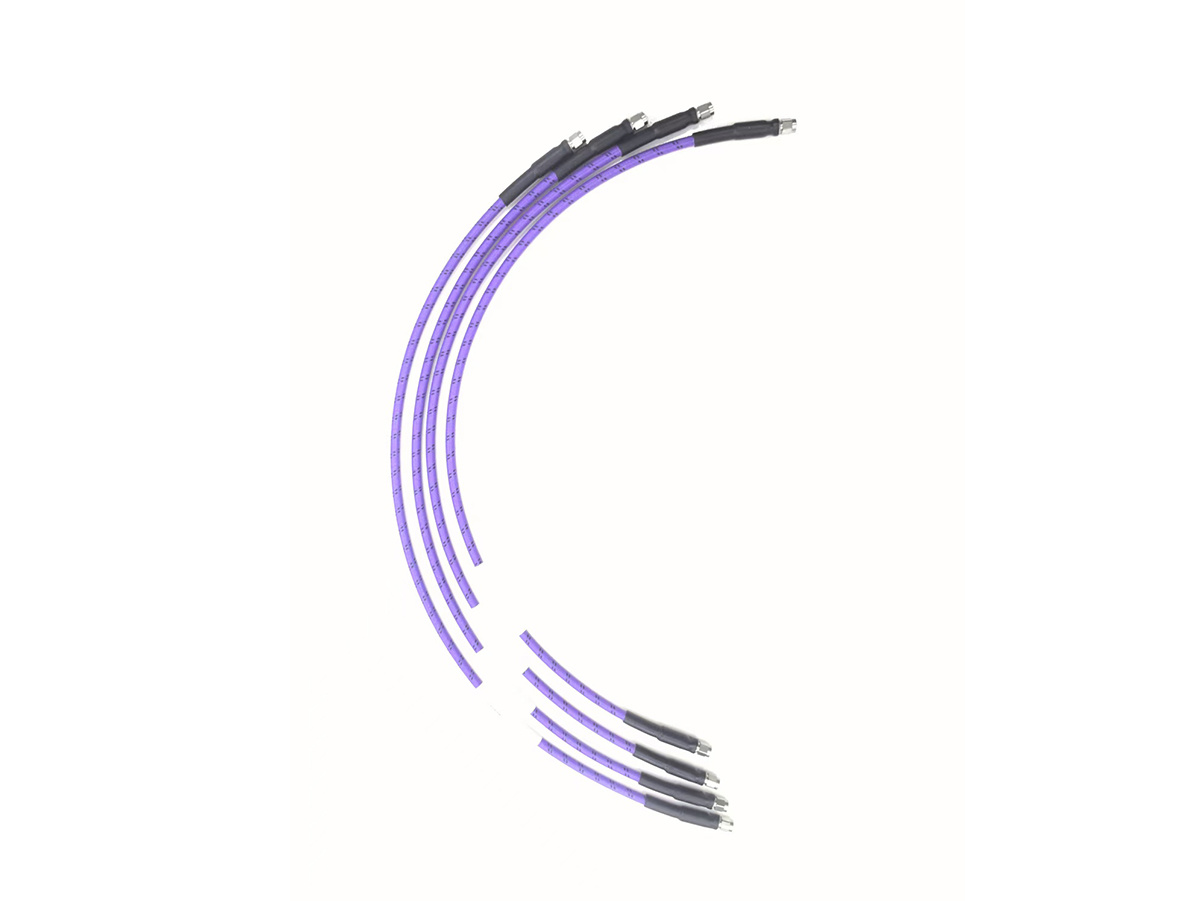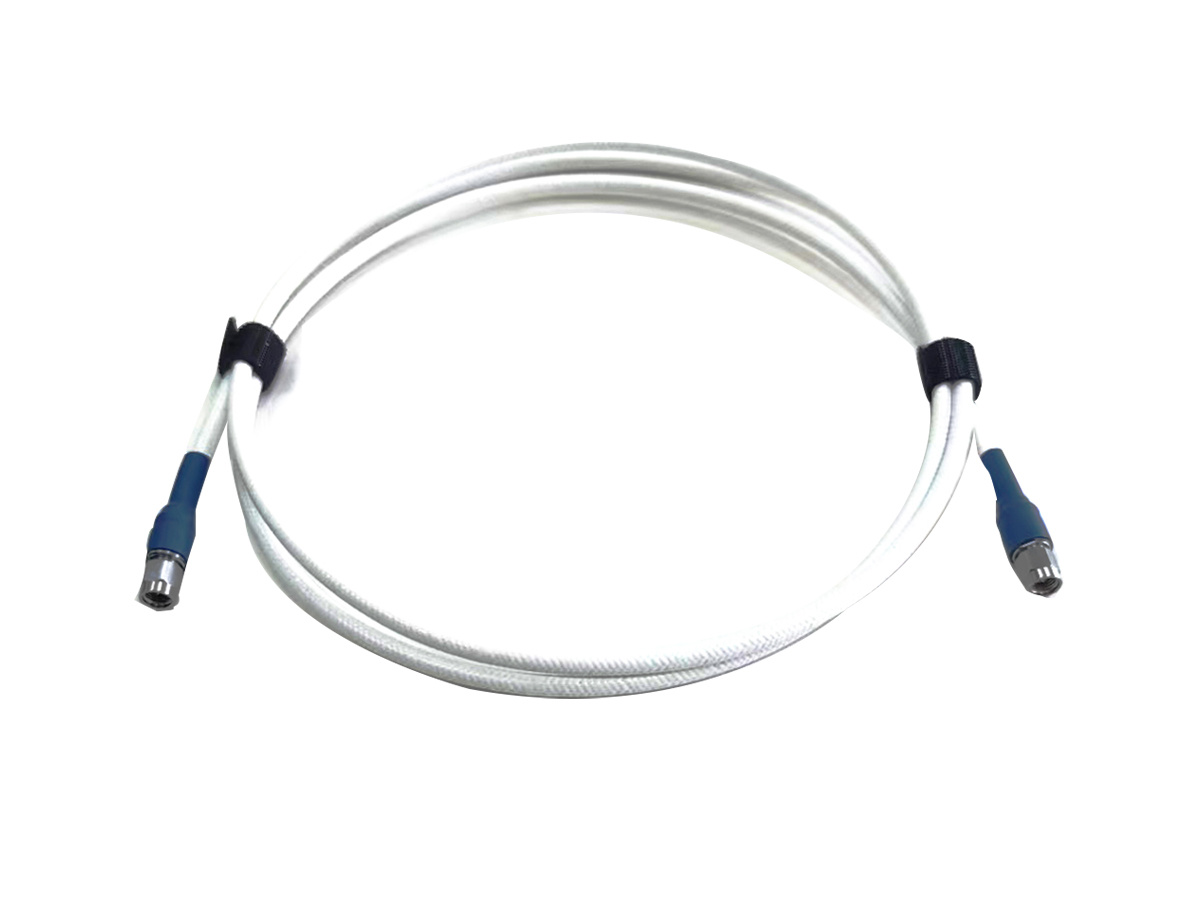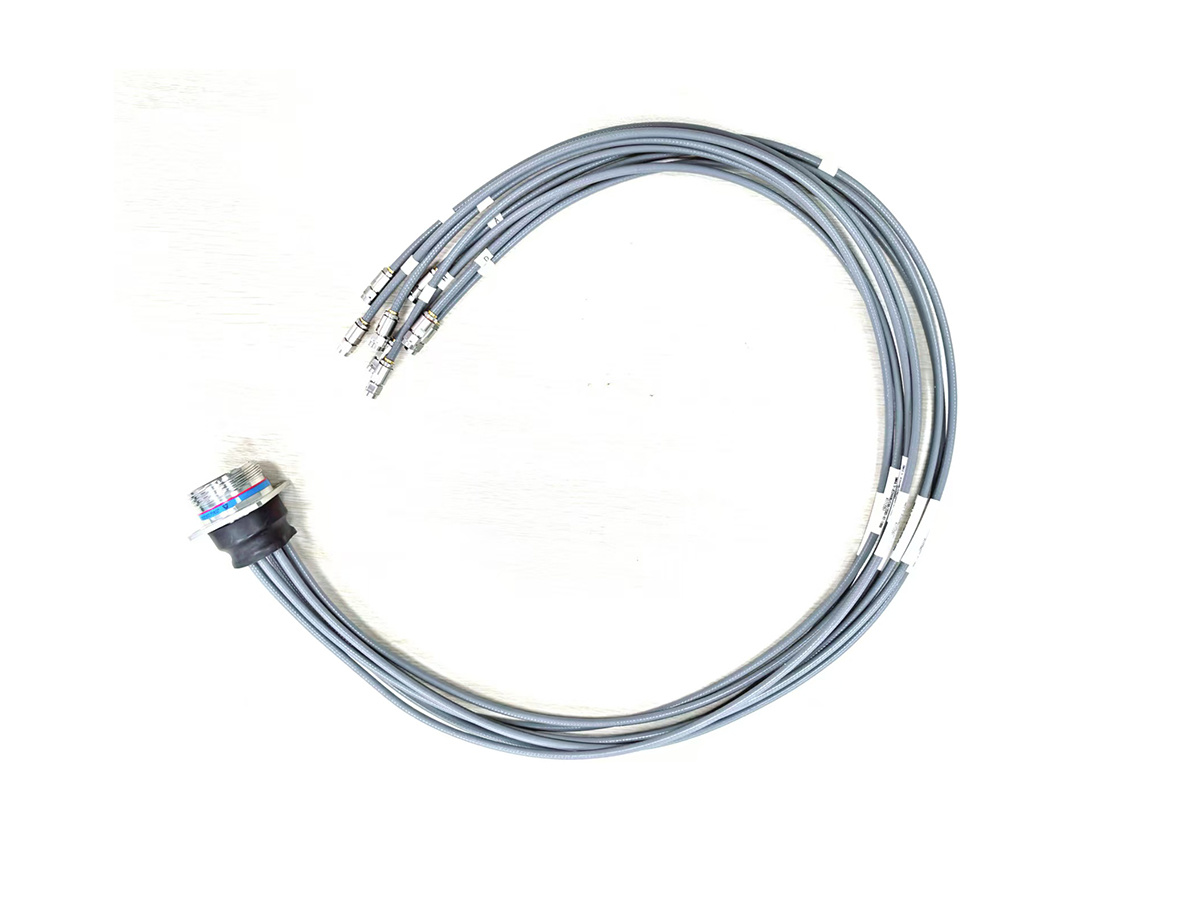Understanding the Thermal Properties of LD-PTFE Wrapped Cable: A Comprehensive Guide
Release Date:2025-10-16
Understanding the Thermal Properties of LD-PTFE Wrapped Cable
Table of Contents
- 1. Introduction to LD-PTFE Wrapped Cables
- 2. The Thermal Properties of LD-PTFE
- 3. Construction of LD-PTFE Wrapped Cables
- 4. Advantages of Using LD-PTFE Wrapped Cables
- 5. Applications of LD-PTFE Wrapped Cables
- 6. Comparison with Other Cable Insulation Materials
- 7. Choosing the Right LD-PTFE Wrapped Cable
- 8. Frequently Asked Questions
- 9. Conclusion
1. Introduction to LD-PTFE Wrapped Cables
LD-PTFE (Low-Density Polytetrafluoroethylene) wrapped cables are an integral part of modern electrical and electronic systems. These cables are known for their excellent thermal properties, which play a crucial role in enhancing overall performance. Understanding their thermal characteristics enables engineers and technologists to make informed decisions regarding their usage in diverse applications.
2. The Thermal Properties of LD-PTFE
When discussing LD-PTFE wrapped cables, it’s essential to delve into their thermal properties. The primary thermal characteristics that define their performance include:
2.1 Thermal Conductivity
LD-PTFE exhibits low thermal conductivity, which helps in minimizing heat transfer. This property is vital in applications where heat dissipation is a concern, as it prevents overheating and maintains operational efficiency.
2.2 Thermal Stability
One of the standout features of LD-PTFE is its remarkable thermal stability. It can withstand high temperatures without degrading, making it suitable for environments where heat fluctuations are common. This stability ensures that the cable maintains its integrity over time, even under strenuous conditions.
2.3 Low Coefficient of Thermal Expansion
The low coefficient of thermal expansion in LD-PTFE means that it experiences minimal expansion or contraction with temperature changes. This characteristic is vital for maintaining the structural integrity of the cable and the systems it connects.
3. Construction of LD-PTFE Wrapped Cables
Understanding the construction of LD-PTFE wrapped cables provides insight into how their thermal properties are achieved. Typically, these cables consist of:
3.1 Conductor
The conductor, often made of copper or aluminum, serves as the core of the cable. It is responsible for carrying electrical current, and its quality directly impacts the cable's performance.
3.2 Insulation Layer
The LD-PTFE insulation surrounds the conductor. This layer is what provides the cable with its thermal stability and resistance to heat. The thickness and quality of this layer are crucial for ensuring optimal performance.
3.3 Outer Jacket
An additional outer jacket may be present for mechanical protection. This jacket shields the cable from environmental factors, enhancing its durability and longevity.
4. Advantages of Using LD-PTFE Wrapped Cables
Choosing LD-PTFE wrapped cables comes with several advantages:
4.1 Enhanced Thermal Performance
Due to their unique thermal properties, LD-PTFE cables outperform many traditional cable types. They can handle higher temperatures, ensuring reliable operation even in demanding conditions.
4.2 Chemical Resistance
The chemical inertness of LD-PTFE makes these cables resistant to a variety of chemicals, further extending their applicability in diverse industries, including pharmaceuticals and food processing.
4.3 Lightweight Design
LD-PTFE wrapped cables are lightweight, making them easier to install and manage. This advantage is particularly beneficial in applications where weight is a critical factor.
5. Applications of LD-PTFE Wrapped Cables
LD-PTFE wrapped cables find applications across multiple sectors, including:
5.1 Aerospace
In the aerospace industry, where reliability and performance are paramount, LD-PTFE cables are used for wiring in aircraft systems due to their high thermal stability and lightweight nature.
5.2 Telecommunications
The telecommunications sector relies on LD-PTFE cables for high-frequency applications. Their thermal properties ensure consistent performance during data transmission, minimizing signal loss.
5.3 Medical Devices
In medical devices, LD-PTFE wrapped cables are preferred for their chemical resistance and thermal stability, ensuring safe and reliable operation in sensitive environments.
6. Comparison with Other Cable Insulation Materials
When evaluating LD-PTFE wrapped cables, it’s beneficial to compare them with other common insulation materials:
6.1 PVC vs. LD-PTFE
While PVC cables are more common, they lack the thermal stability and chemical resistance found in LD-PTFE. LD-PTFE cables outperform PVC in high-temperature applications.
6.2 Silicone vs. LD-PTFE
Silicone cables offer good thermal resistance, but LD-PTFE typically provides better thermal performance and longer service life, especially in high-frequency applications.
7. Choosing the Right LD-PTFE Wrapped Cable
Selecting the appropriate LD-PTFE wrapped cable requires consideration of several factors:
7.1 Application Requirements
Assess the specific requirements of your application, such as temperature range, flexibility, and environmental conditions.
7.2 Electrical Specifications
Evaluate the electrical specifications, including current-carrying capacity and voltage rating, to ensure compatibility with your system.
7.3 Compliance and Standards
Ensure that the cable meets relevant industry standards and certifications, which guarantee reliability and safety in its intended application.
8. Frequently Asked Questions
8.1 What makes LD-PTFE wrapped cables unique?
LD-PTFE wrapped cables are unique due to their low thermal conductivity, high thermal stability, and chemical resistance, making them suitable for a variety of demanding applications.
8.2 Are LD-PTFE wrapped cables more expensive than traditional cables?
While LD-PTFE cables may have a higher initial cost, their longevity, performance, and reduced maintenance costs often make them more economical in the long run.
8.3 Can LD-PTFE wrapped cables be used in high-frequency applications?
Yes, LD-PTFE wrapped cables are well-suited for high-frequency applications due to their excellent thermal properties and low signal loss.
8.4 How do I ensure proper installation of LD-PTFE wrapped cables?
Proper installation involves following manufacturer guidelines, using appropriate connectors, and ensuring environmental conditions are suitable for the cable type.
8.5 What industries benefit most from LD-PTFE wrapped cables?
Industries such as aerospace, telecommunications, and medical device manufacturing greatly benefit from the unique properties of LD-PTFE wrapped cables.
9. Conclusion
In summary, understanding the thermal properties of LD-PTFE wrapped cables is essential for making informed decisions in various applications. With their superior thermal stability, low thermal conductivity, and chemical resistance, these cables provide reliability and performance in demanding environments. By considering the advantages, applications, and specifications of LD-PTFE wrapped cables, engineers and technologists can select the best solutions tailored to their specific needs. Embracing this technology will not only enhance performance but also contribute to the longevity and efficiency of electrical systems.









